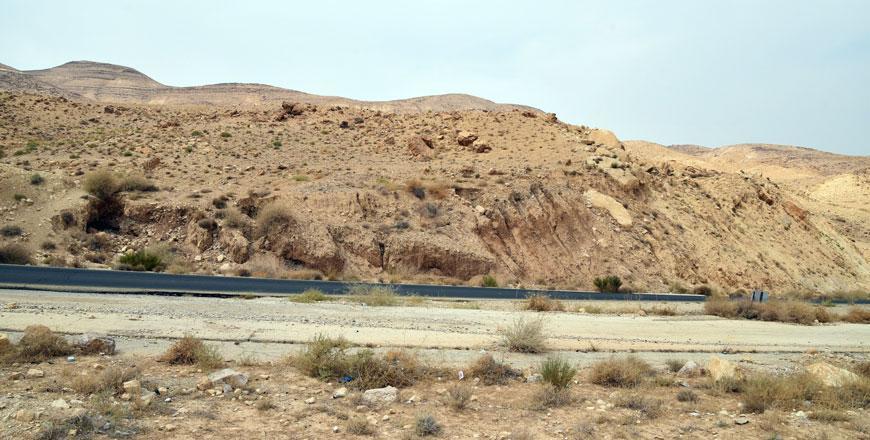Record added successfully



AMMAN — Despite the cultural importance of the Neolithic period, when people first began making pottery and developing agriculture, simply finding and cataloguing sites often poses a major challenge for researchers.
Pascal Flohr, a member of the Endangered Archaeology in the Middle East and North Africa (EAMENA) project at the University of Oxford and whose job it is to locate, document and monitor sites, said that Late Neolithic sites are often not very visible or have eroded away.
This is different in the Eastern Desert “where structures are often more preserved”, but in the wadis of western Jordan, Late Neolithic sites are often only found because of road construction or other chance discoveries which dig through the soil, noted Flohr.
Consequently, EAMENA only has a few Neolithic sites in their project database, she said.
“However, my research over the last year has addressed this by looking carefully through publications, such as the Annual of the Department of Antiquities [DoA] in Jordan, to find mentions of possible Late Neolithic sites in survey reports,” Flohr said. “In the autumn, I visited several of these sites to correct their locations and assess their conditions on the ground.”
With the knowledge of correct locations, researchers can use remote sensing (satellite imagery or aerial photographs) to monitor sites, she continued, noting that she has so far recorded 78 Late Neolithic sites in Jordan in the database.
Nevertheless, she added that in total she had managed to find over 100 in literature. “The difficulties we faced were the fact that the sites are difficult to see, or not at all visible on the imagery, and that many sites were found in surveys that were conducted before GPS was used and therefore difficult to find again,” Flohr stressed.
Research bias can also come into play if a survey focused on a certain theme, period or method, which becomes relatively more (or disproportionally) represented, she explained.
“For example, the focus of archaeological ground surveys is sometimes on ‘later’ periods from the Biblical age, and on the collection and study of pottery and the documentation of structures,” she said, adding that “surveys by Professor Banning and his team from the University of Toronto in the Wadi Ziqlab area has shown that many Late Neolithic sites can be found when a survey is especially targeted towards finding them”.
Because Neolithic sites often do not contain pottery, or if they do the pottery is very fragile and not well preserved on the surface, they tend to be under-represented in surveys focused on later periods, the scholar elaborated.
She added that this is not necessarily a problem in and of itself, but when the result is then interpreted to mean that there were fewer settlements present in the Late Neolithic, this is incorrect (or at least there is not sufficient evidence for this).
“It is also a problem for site protection: If it is assumed no sites are present, the ‘invisible’ Late Neolithic sites might be accidentally destroyed before they can be studied,” Flohr warned.
According to the researcher, Jordan has a very rich archaeological record, and in the DoA’s MEGA-Jordan database, over 14,000 sites are present.
However, slightly over a third of the sites in the more densely-populated areas in the northwest are threatened — mostly by agricultural practices, Flohr said, adding that the number is similar to other countries in the MENA region.
“Not all of these sites can be preserved, but we hope that by documenting as many sites as possible, we can start informing the heritage professionals [the DoA] of which sites are most threatened so as to help them make informed decisions on which sites to prioritise in protection or documentation prior to destruction,” Flohr concluded.
Source: www.jordantimes.com